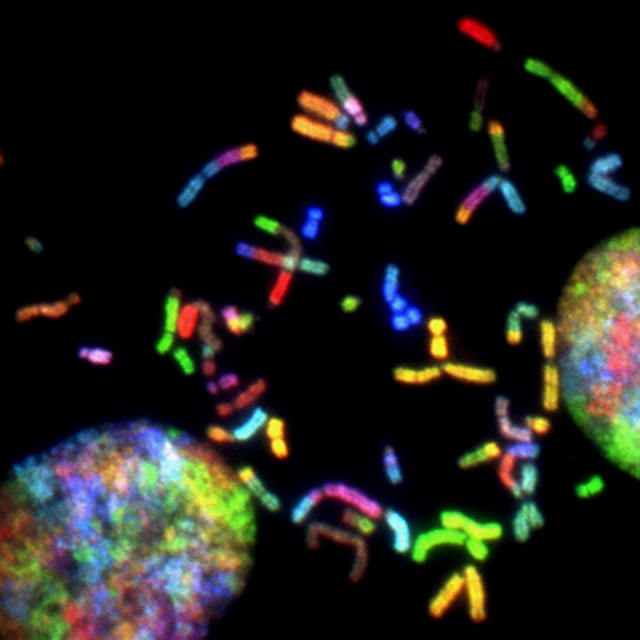Genes are segments of deoxyribonucleic acid (DNA) that contain the code of a particular protein that functions in one or more types of cells in the body. Chromosomes are structures within cells that contain a person’s genes. What is the relationship between genes and chromosomes?
Deoxyribonucleic acid, or DNA, is a substance used by living organisms to store genetic information – that is, information that the body inherits from its parents. The genetic code is organized into long strands called chromosomes, consisting of DNA and proteins. Sexually reproductive organisms usually have a characteristic number of pairs of chromosomes, with each member of the pair coming from each parent. The DNA allele is an appropriate location on the chromosome.
Proteins
Proteins are probably the most important class of material in the body. Proteins are not only the building blocks of muscles, connective tissues, skin and other structures. They are also needed for the production of enzymes. Enzymes are complex proteins that control and carry out almost all chemical processes and reactions in the body. The body produces thousands of different enzymes. Thus, the whole structure and function of the body depends on the types and amount of proteins synthesized by the body. Protein synthesis is controlled by genes contained in chromosomes.

DNA
Genes consist of deoxyribonucleic acid (DNA). DNA contains the code or plan used for protein synthesis. Genes vary in size, depending on the size of the proteins for which they code. Each DNA molecule is a long double helix that resembles a spiral staircase containing millions of steps. The steps of the stairs consist of pairs of four types of molecules called bases (nucleotides). At each stage, basic adenine (A) is combined with basic thymine (T) or basic guanine (G) is combined with basic cytosine (C). Each extremely long DNA molecule is coiled into one of the chromosomes.
Dominant and recessive alleles
In diploid individuals, two identical or homozygous alleles express the same trait – the same structural protein or enzyme. Heterozygous alleles encode different information for the same trait. Often one DNA allele dominates the other, which means that its coding determines the phenotype of the gene.
A cell can express a recessive trait only if both alleles are homozygous for that trait. For example, the flower color may depend on the information stored in the flower color alleles of the plant. If red dominates, the flower can only have a different color if the red DNA allele is absent. Mutations that change allele base sequences can cause evolutionary changes in the species or even the development of new species, but can also lead to faulty offspring.














